Midsize Sedan Deathwatch #17: Trouble In October 2017, Unless Your Name's Honda Accord
U.S. sales of midsize cars plunged 16 percent to fewer than 130,000 units in October 2017, the lowest-volume month for the midsize sedan category since the winter doldrums of January.
For almost every player, from the forgotten Mazda 6 to the recently revamped Hyundai Sonata to the all-new Toyota Camry, there were fewer U.S. buyers in October 2017 than in October 2016. In most cases, far fewer. Hyundai Sonata volume plunged 49 percent, year-over-year, as Hyundai pulls away from daily rentals, clarifying just how little retail demand the Sonata truly musters. Double-digit percentage drops were also reported by the Kia Optima, Subaru Legacy, Volkswagen Passat, and Mazda 6.
But the sharp October tumble wasn’t reserved for each member of the midsize category. Newly launched this fall, U.S. sales of the 10th-generation 2018 Honda Accord predictably improved in October, driving Honda’s share of the segment up four points to 21 percent.
It’s a familiar story.
This is the seventeenth edition of TTAC’s Midsize Sedan Deathwatch. The midsize sedan as we know it — “midsizedus sedanicus” in the original latin — isn’t going anywhere any time soon, but the ongoing sales contraction will result in a reduction of mainstream intermediate sedans in the U.S. market.
How do we know? It already has.
Despite the Accord’s advances, midsize sedan market share slid to just 9.5 percent in October as the industry slowed at a much less noticeable rate. Overall auto sales volume was down just 1 percent last month, a modest drop of some 15,000 units. But midsize volume plunged by 24,000 units, dragging the segment’s share of the industry down by nearly two points.
As recently as 2012, nearly 17 percent of the new vehicles sold in America were midsize cars.
It hardly seems possible that this rapid decline in market share will support the continuation of a broad model lineup. Having already seen the departure of numerous cars which couldn’t sell profitably at current output levels, we must now ask whether a number of these cars can function profitably at the output levels predicted in the near future. After all, we don’t appear close to seeing the end of this decline. After 2016’s 11-percent slide, midsize volume is down a further 16 percent in 2017’s first ten months.
The notion that this is still, and therefore forever will be, a high-volume category is beginning to appear less and less believable. “Americans will still buy 2 million midsize cars this year,” was the argument heard a year ago. 2017’s pace through the end of October, however, suggests fewer than 1.8 million midsize car sales this year. Assuming the rate of decline holds steady, and doesn’t accelerate as it has in 2017, 2018 volume will fall to 1.52 million units.
Granted, that’s still a lot of cars. But an ever larger number of those sales are being produced by an ever smaller group of top-tier players. Newly launched this year, the two most dominant vehicles in the category — Camry and Accord — now collect 39 out of every 100 midsize car sales in America. There’s very little oxygen left in the room for the also-rans. Only one year ago, Camry/Accord market share was 35 percent. Half a decade ago, it was 31 percent.
And next year? At the current rate of change, Camry and Accord market share is on pace to rise to 44 percent in 2018, leaving their eight key rivals to collect a total of only 850,000 sales. Only five years ago, Camry/Accord rivals were fighting over 1.6 million annual sales.
[Image: Honda; Chart: The Truth About Cars]
Timothy Cain is a contributing analyst at The Truth About Cars and Autofocus.ca and the founder and former editor of GoodCarBadCar.net. Follow on Twitter @timcaincars and Instagram.
More by Timothy Cain
Latest Car Reviews
Read moreLatest Product Reviews
Read moreRecent Comments
- Ajla Is there something proprietary or installed on the moon with these that I'm not aware of?
- Tane94 Awaiting the EV3 unveil this month. Kia continues to lead, though I will miss the Soul
- Jeanbaptiste I know this will never be seen, but the real answer is NO Government mandated tech. The reason why is that when the government mandates something, we miss out on signals that the free market will give to weather or not people actually want this or that this tech would actually help. It's like mandating AM radio for cars when people could just buy a $10 am radio if they really like am so much.
- 28-Cars-Later $12K? I needed a good laugh.
- EBFlex Wait...the feds are claiming that inflation was not FJBs fault 6 months prior to an election where he is massively losing in the polls in every single category?Eyebrow raised.

















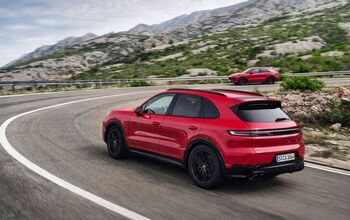
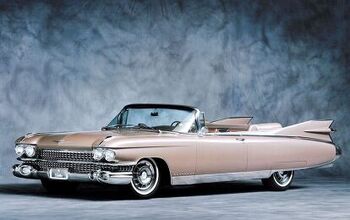
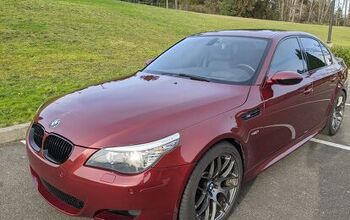
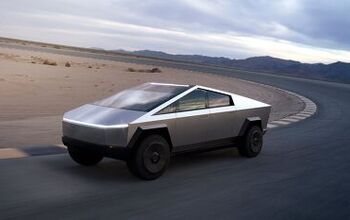
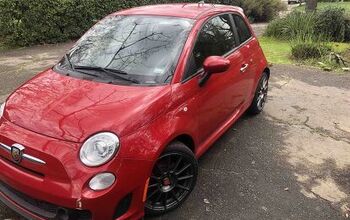
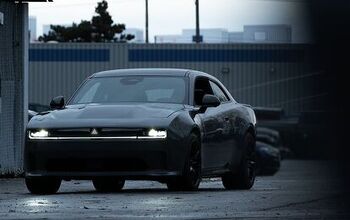
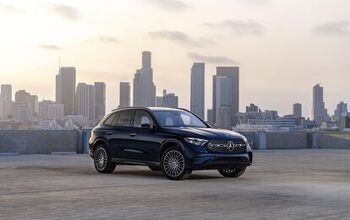

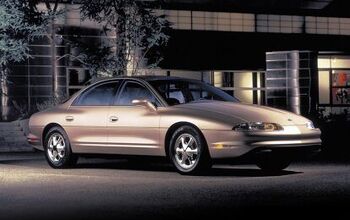

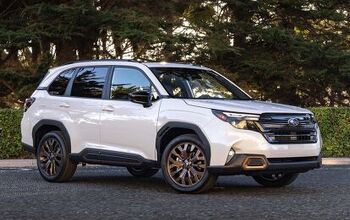

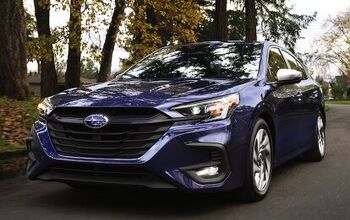
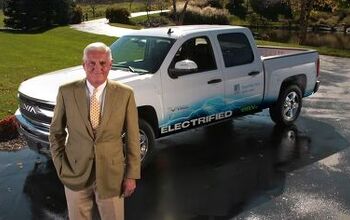
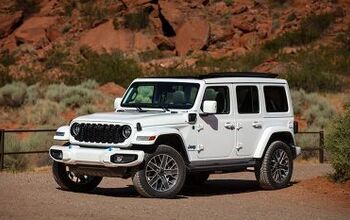
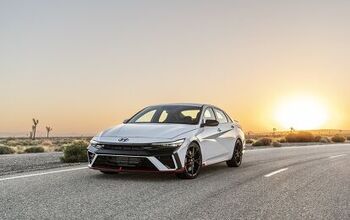
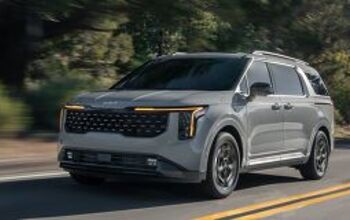
Comments
Join the conversation
One of the reasons's I'm getting farther and farther away from wanting a sedan is the huge center consoles with the tiny seats. The seats on a 2007 Mazda 3 are the same width as the seats on nearly all the mid sized sedans these days. My 2010 mazda 6 seats are huge compared to anything in the midsized category today. The charger seats are about the same size. Why in the world do I have to go up to a full sized boat to get decent seats with decent hip room?
I think one of the reasons sedans are declining, and this has been mentioned by other people on other threads, is that sedans are becoming more and more sporty and are marketed that way. I think this goes back to the 80-ties when BMW really broke through as the car to have not just with yuppies but most of the public. The other manufacturers decided that it must have been the 'sportiness' of the BMW that appealed to the public and from then on every sedan become more and more sporty. However that was just a short fad and even BMW has backed out of the sportiness in its cars though not in its advertising. In short even BMWs are not that sporty any more, drove a bunch of them in them last few months. Currently being 'sporty' is not in-vogue, moreover general public never cared that much about sportiness in its cars in the first place, certainly not in NA. No wonder Joe & Jane Public are choosing what they perceive as more practical auto products.